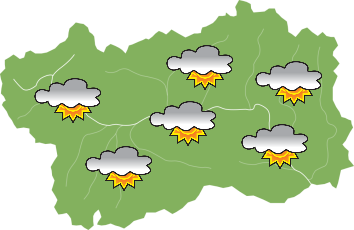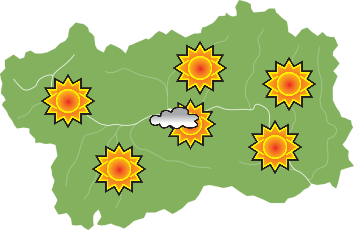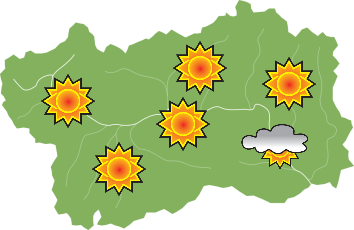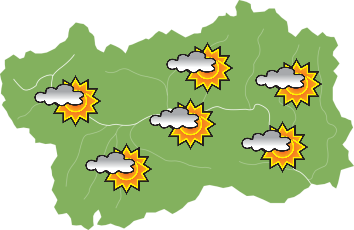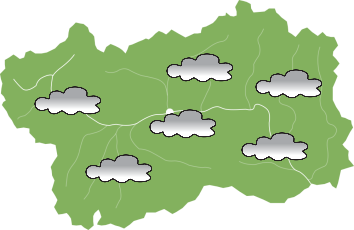The Resistance in Aosta Valley
In Aosta Valley, the fight against Nazi-Fascism took shape around the Comité Valdôtain de Libération, which had been active since 1941. The partisan groups operated on multiple fronts: from supporting Allied prisoners to carrying out acts of sabotage aimed at hindering the movement of Nazi-Fascist troops. These actions triggered violent reprisals, including executions, arrests, deportations to Nazi concentration camps and the destruction of entire villages, burned down as collective punishment.
However, the Resistance in Aosta Valley was not solely about fighting the occupation. It also had a political goal: to restore the self-government and autonomy that had been taken away by the regime. In this context, the foundations for the region’s autonomy were laid, an inheritance that still shapes its identity today.
Discover the history of the Liberation struggle in Aosta Valley by visiting some of the places where it took place and the museums that preserve its memory.
It’s an opportunity to explore the region while honouring the sacrifice of many.




-9424%20(1).jpg?v=638267413400000000)


